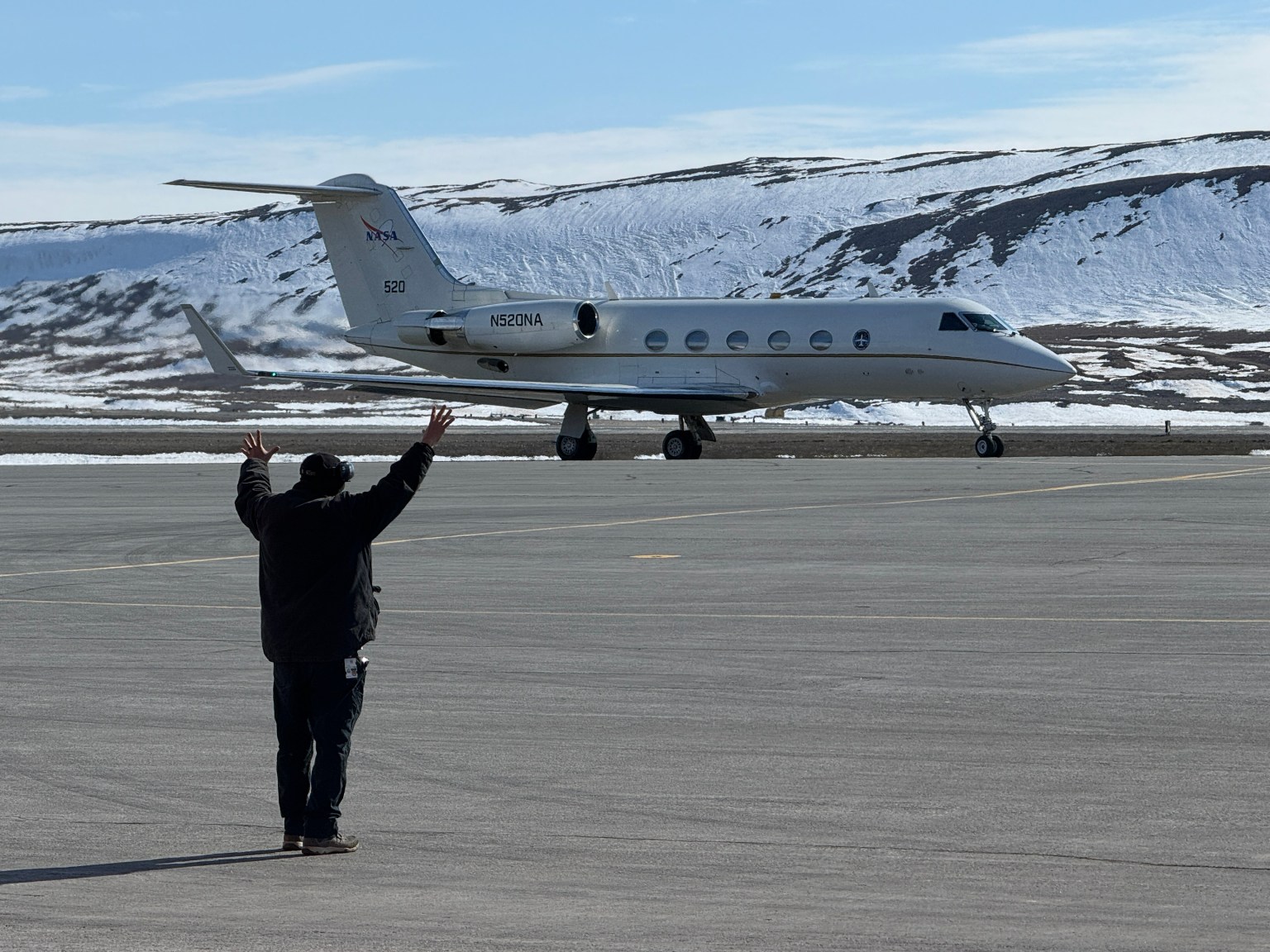
What happens in the Arctic doesn't stay in the Arctic, and a new NASA mission is helping improve data modeling and increasing our understanding of Earth's rapidly changing climate. Changing ice, ocean, and atmospheric conditions in the northernmost part of Earth have a large impact on the entire planet. That's because the Arctic region acts like Earth's air conditioner.
Much of the Sun's energy is transported from tropical regions of our planet by winds and weather systems into the Arctic where it is then lost to space. This process helps cool the planet.
The NASA-sponsored Arctic Radiation Cloud Aerosol Surface Interaction Experiment (ARCSIX) mission is flying three aircraft over the Arctic Ocean north of Greenland to study these processes. The aircraft are equipped with instruments to gather observations of surface sea ice, clouds, and aerosol particles, which affect the Arctic energy budget and cloud properties. The energy budget is the balance between the energy that Earth receives from the Sun and the energy the Earth loses to outer space.
"More sea ice makes that air conditioning effect more efficient. Less sea ice lessens the Arctic's cooling effect," says Patrick Taylor, a climate scientist at NASA's Langley Research Center in Hampton, Virginia. "Over the last 40 years, The Arctic has lost a significant amount of sea ice making the Arctic warm faster. As the Arctic warms and sea ice melts, it can cause ripple effects that impact weather conditions thousands of miles away, how fast our seas are rising, and how much flooding we get in our neighborhoods."






